“Sai che” in Italian means, “did you know that…?”
25 years ago, we started as Study Abroad Italy. As we expanded outside of Italy into Spain and France, we shifted to being called SAI. In our 26th year, we’re redefining ourselves yet again, and in doing so, we’re tying back to our Italian roots. SAI (S-A-I) is now SAI (pronounced “sigh”). It’s a simple change with a big meaning. SAI represents knowledge in Italian – a key pursuit in all of our offerings across Italy, Spain, and France.
In the spirit of gaining knowledge, we wanted to share a few fun facts about each of our study abroad locations with you!
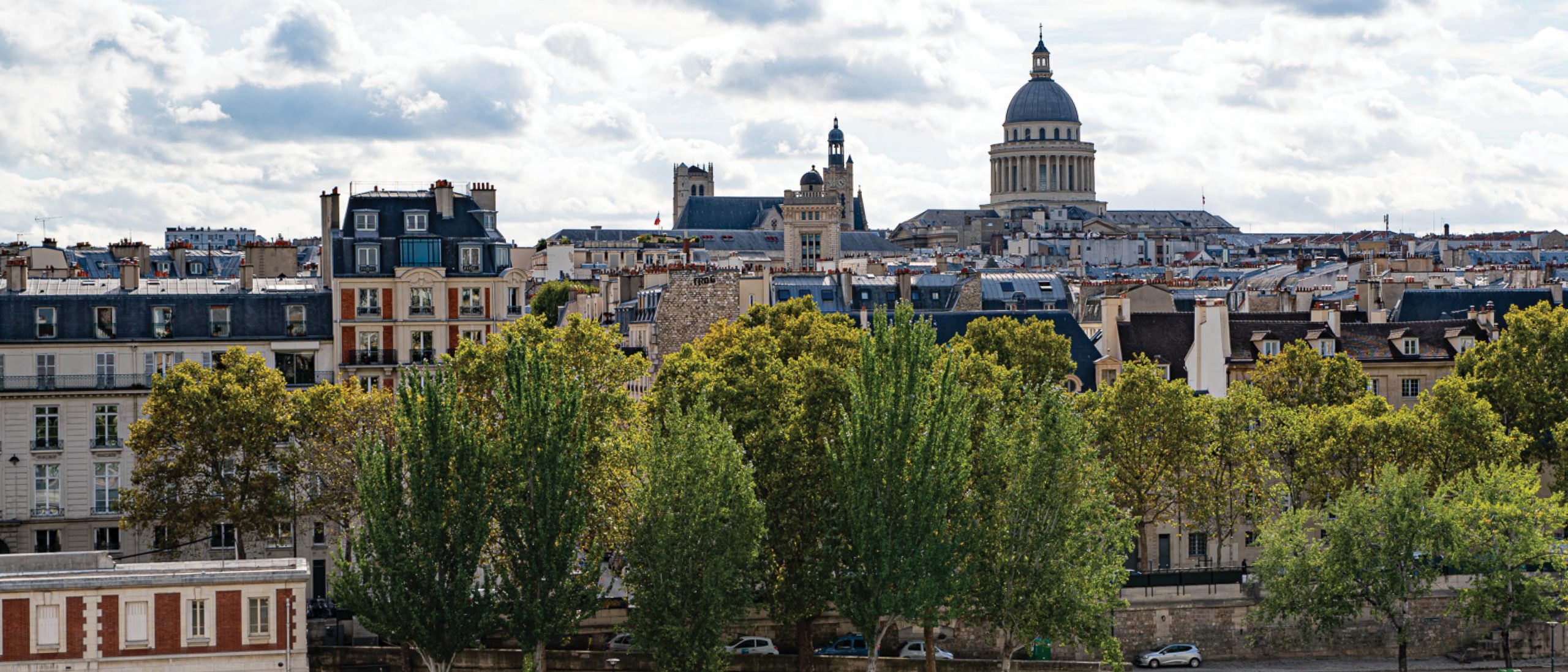
Paris: Did you know that…
- The Louvre is big.. like so big that if you spent just 30 seconds viewing each piece of art, you’d be there for 35 days?
- It was illegal for Parisian women to wear pants until 2012?! Despite this, Parisian women have been wearing pants for decades with no consequences. Many Parisian fashion houses have also included pants in their collections for years, with no concern for this dated rule.
- Paris was previously called Lutetia? When the Romans conquered the area that is present-day Paris in 52 BC, the city was named Lutetia Parisiorum. It later went on to be named Parisius. Paris became the French capital in 987 AD and has kept that name and title ever since.
Learn more about our Paris programs here.
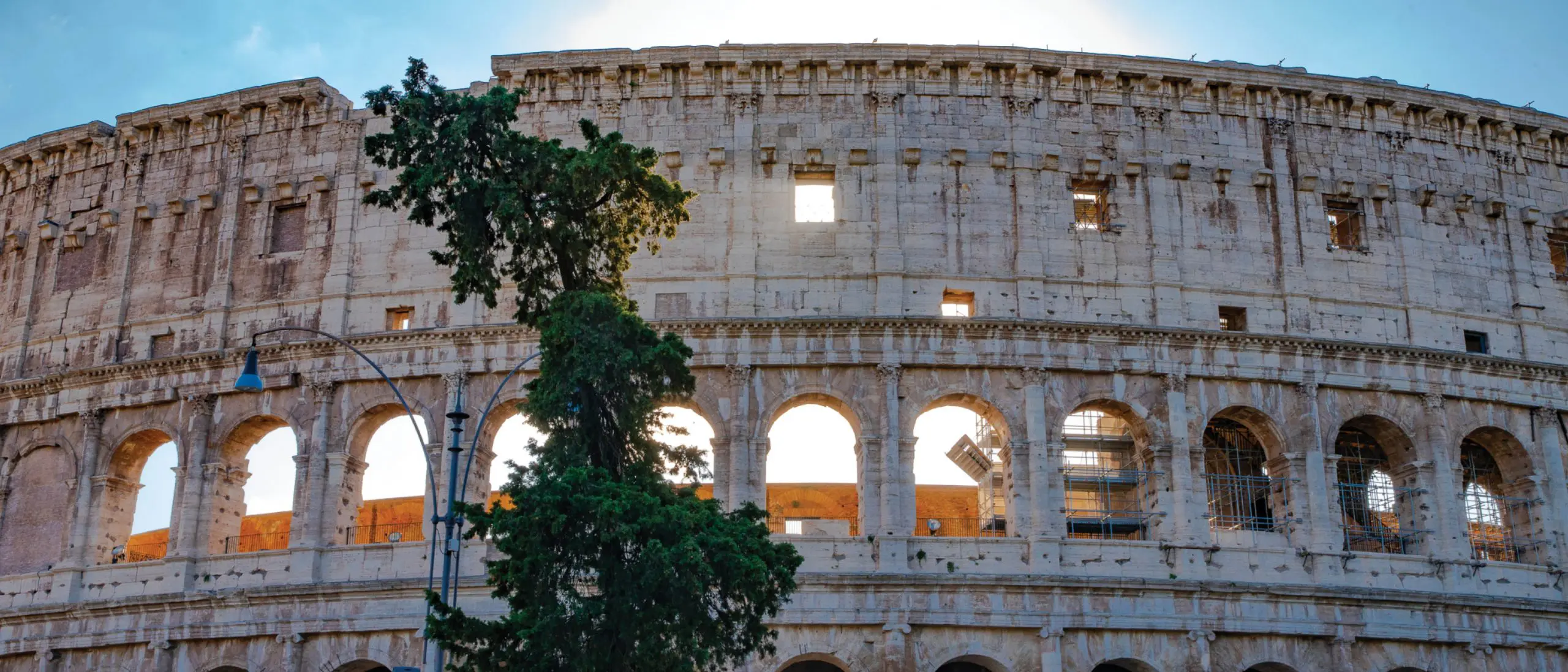
Rome: Did you know that…
- Modern Rome has 280 fountains and more than 900 churches? Speaking of fountains.. nearly 700,000 euros worth of coins are tossed into Rome’s Trevi Fountain each year. The proceeds are donated to Caritas to help those in need.
- The Colosseum has another name! It is also called the Flavian Amphitheatre because it was built in Rome under the Flavian emperors. Construction of the Colosseum was begun sometime between 70 and 72 CE during the reign of Vespasian.
- Rome was the first city in the world to record a population of 1 million? The first census was in the 2nd Century BC. This mass of a million people came from 3 different continents: Europe, Asia, and Africa.
- Purple clothes were reserved for Emperors and Senators in Ancient Rome? While today you can dress in virtually any color you want, in Ancient Rome, there was one color that you couldn’t wear: purple. only the Roman Elite was allowed to wear purple.
Learn more about our Rome programs here.
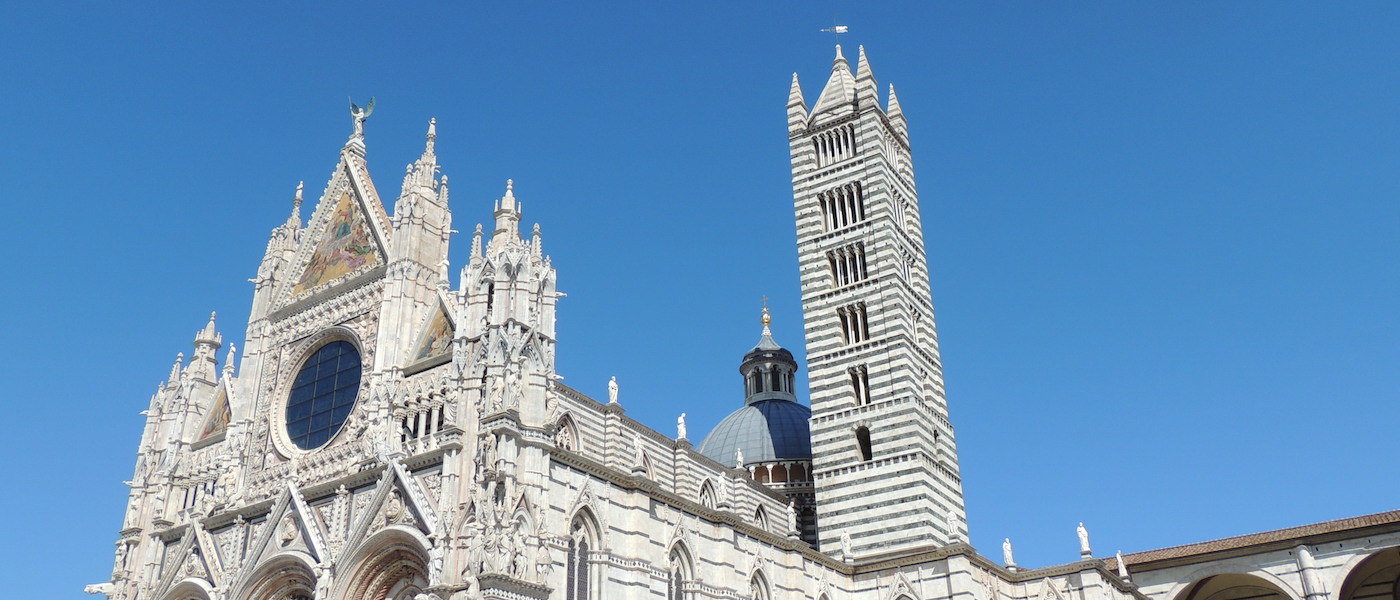
Siena: Did you know that…
- Siena is home to the world’s oldest bank, Monte Dei Paschi, which has been in business since 1472?
- Many tourists visiting Siena don’t know that under their feet dwells a subterranean net of tunnels? Siena boasts an intact and still working aqueduct that dates back to the Middle Ages. A 27 kilometers-long net of galleries were excavated to bring water to the city, which was historically poor in water.
Learn more about our Siena programs here.
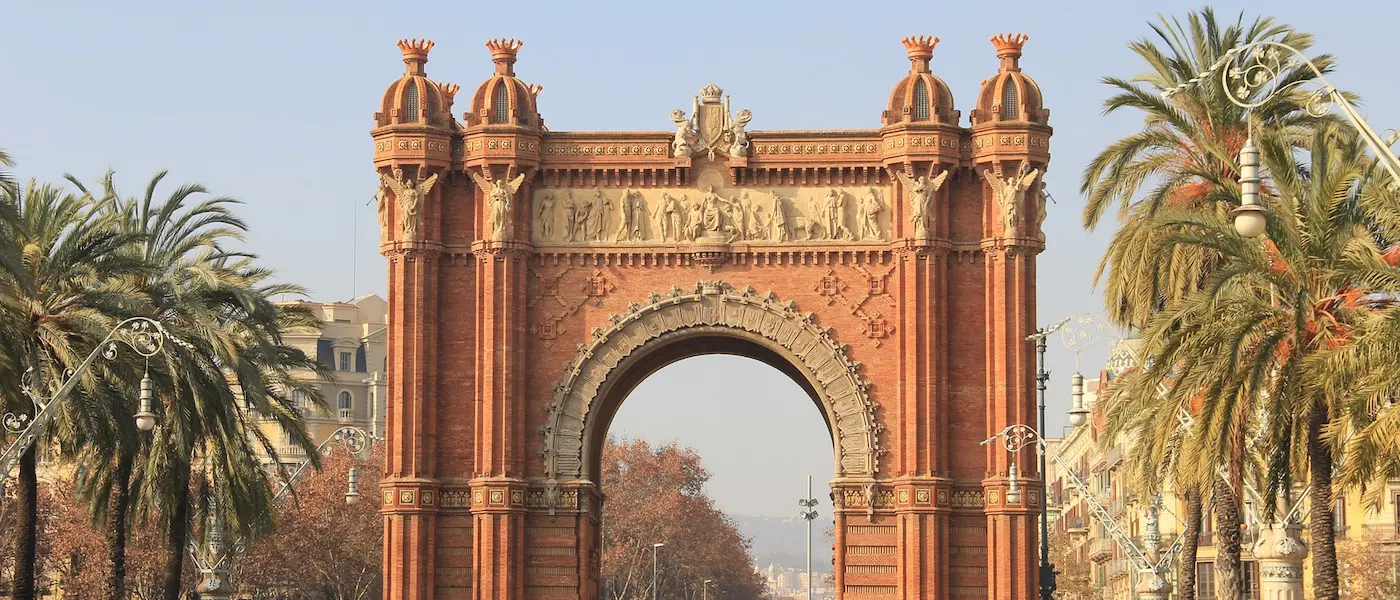
Barcelona: Did you know that…
- There were no beaches in Barcelona until 1992?! The seaside of Barcelona was full of local industries up until the city decided to host the Olympic Games!
- The Eiffel Tower was originally for Barcelona? During the 1888 World Exposition of Barcelona, designer Gustave Eiffel had planned to place his famous tower in the city of Barcelona. However, the city rejected the bid, supposedly afraid that the tower would ruin the skyline of the city and become an eyesore for visitors.
Learn more about our Barcelona programs here.
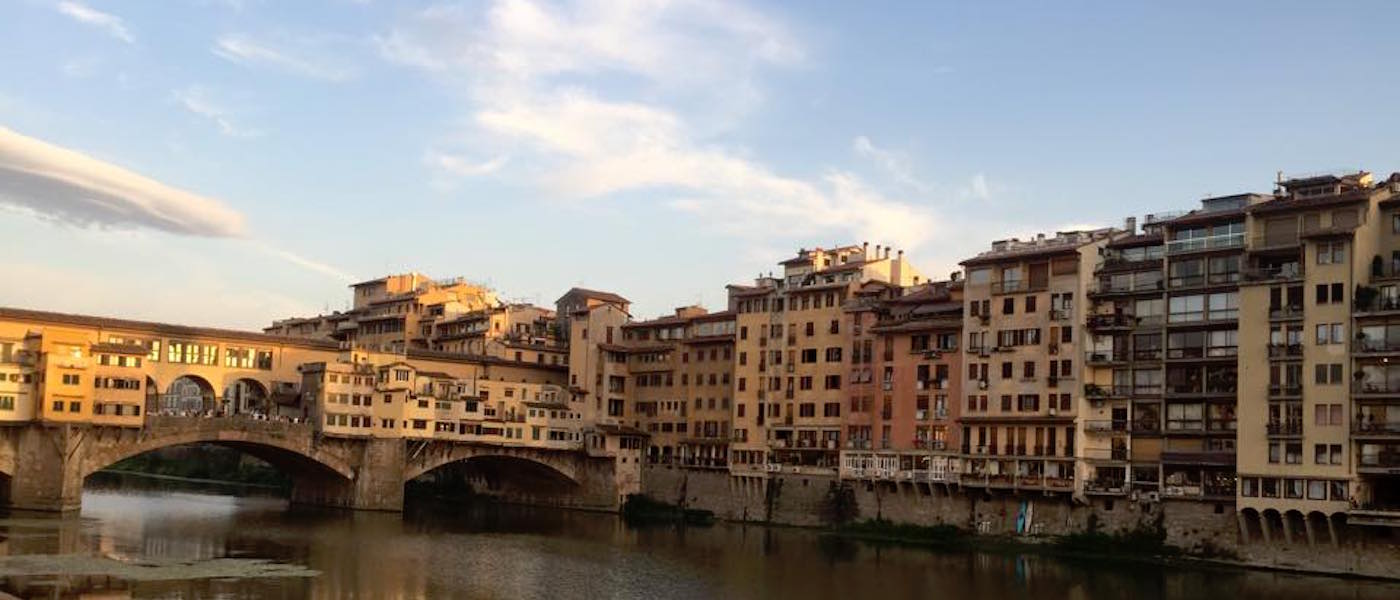
Florence: Did you know that…
- The Duomo in Florence is the 3rd largest in the world, only beaten by St.Peter’s Basilica in Rome and St. Paul’s in London?
- The man who designed the dome of the Duomo had no previous architectural experience! Filippo Brunelleschi was a goldsmith who never built anything in his life until he lead the construction of the magnificent dome.
- The Piano was invented in the City of Florence? The piano was developed by Bartolomeo Cristofori between 1700 and 1720. he first called it “Gravicembalo col piano e forte” which is Italian for “harpsichord with soft and loud”. This was shortened to the pianoforte, which then became piano, Italian for ‘soft-loud’.
Learn more about our Florence programs here.
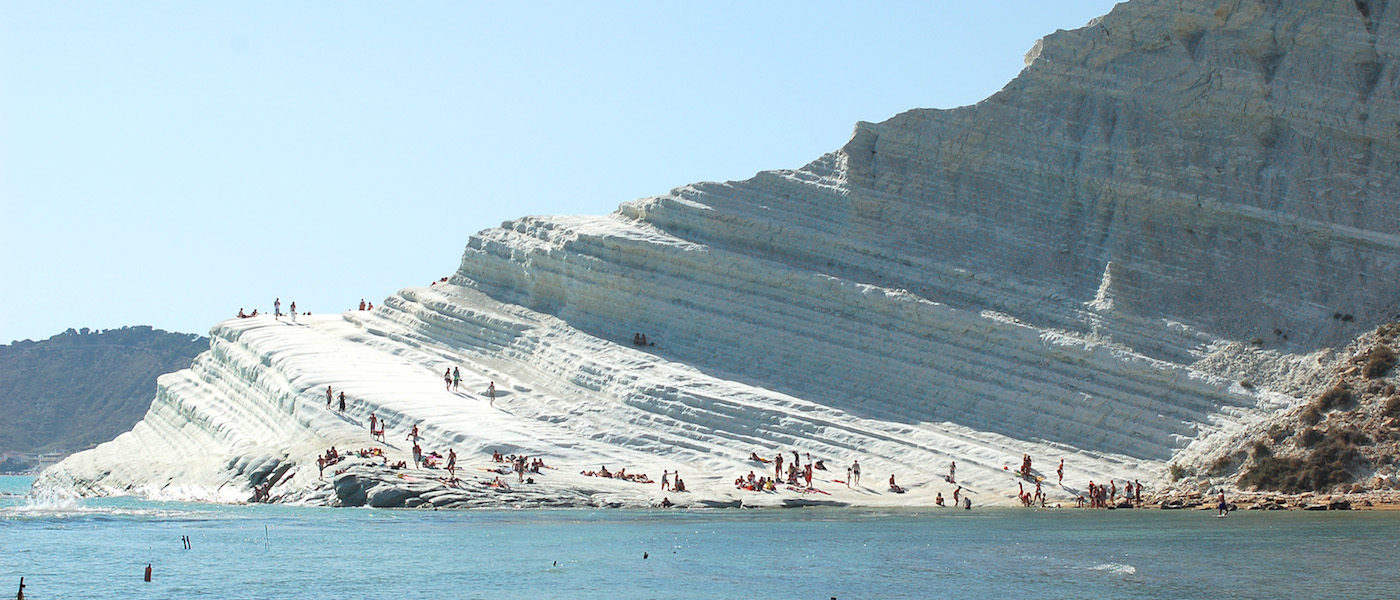
Sicily: Did you know that…
- Though the official language of Sicily is Italian, and most residents speak Italian, Sicilian is still widely spoken. Sicilian is completely distinct from Italian–It’s not a dialect, but an entirely different language!
- There are only 2 miles of water between Sicily and mainland Italy? The Italian government has been wanting to build a bridge over the strait for decades, but to this day, no plans have been finalized.
Learn more about our Sicily programs here.
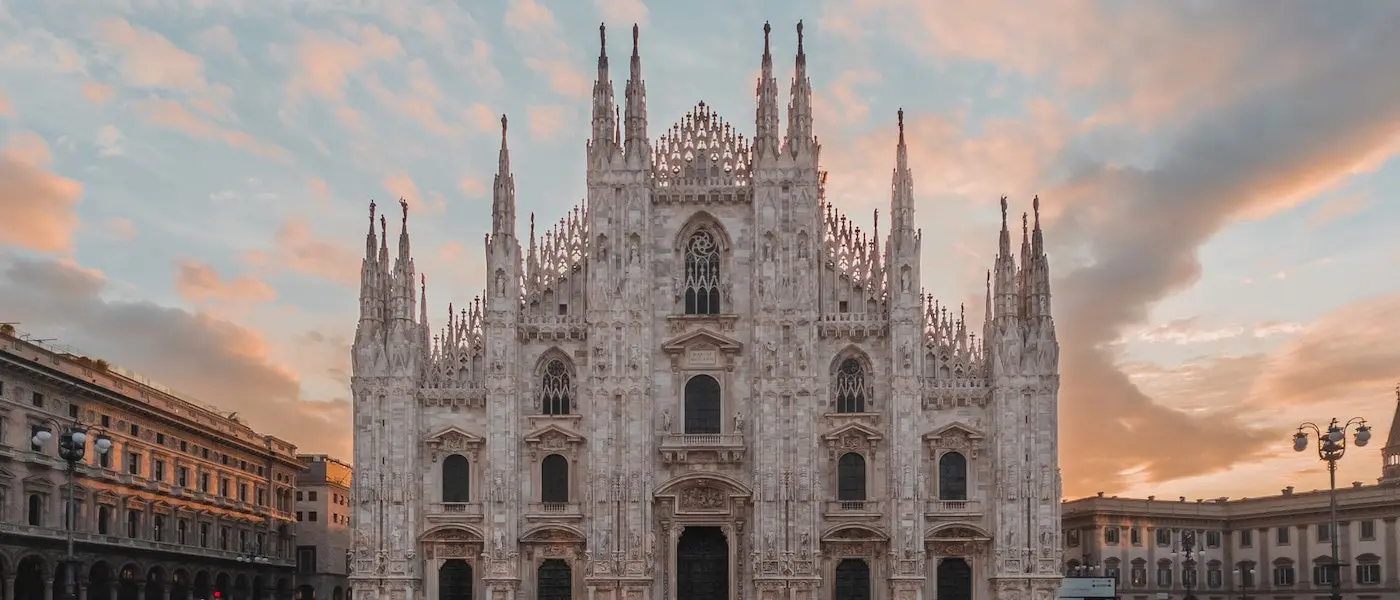
Milan: Did you know that…
- The King Vittorio Emanuele II statue in Milan’s Central Square is always clean (despite the hundreds of pigeons around)? As with many European cities, pigeons are a challenge, so what’s the secret? there’s a small electric current in the statue, which keeps the birds away!
- The tram network in Milan is one of the most developed in the world? While the metro system in Milan only has 4 lines, the tram system is way more developed. It has 17 lines, and the network extends over 113 miles. This makes it one of the biggest tram networks in the world,
- There are more than 3,400 statues on the Duomo in Milan? In total, there are 3,400 statues, but also 135 gargoyles and 700 figures.
Learn more about our Milan programs here.
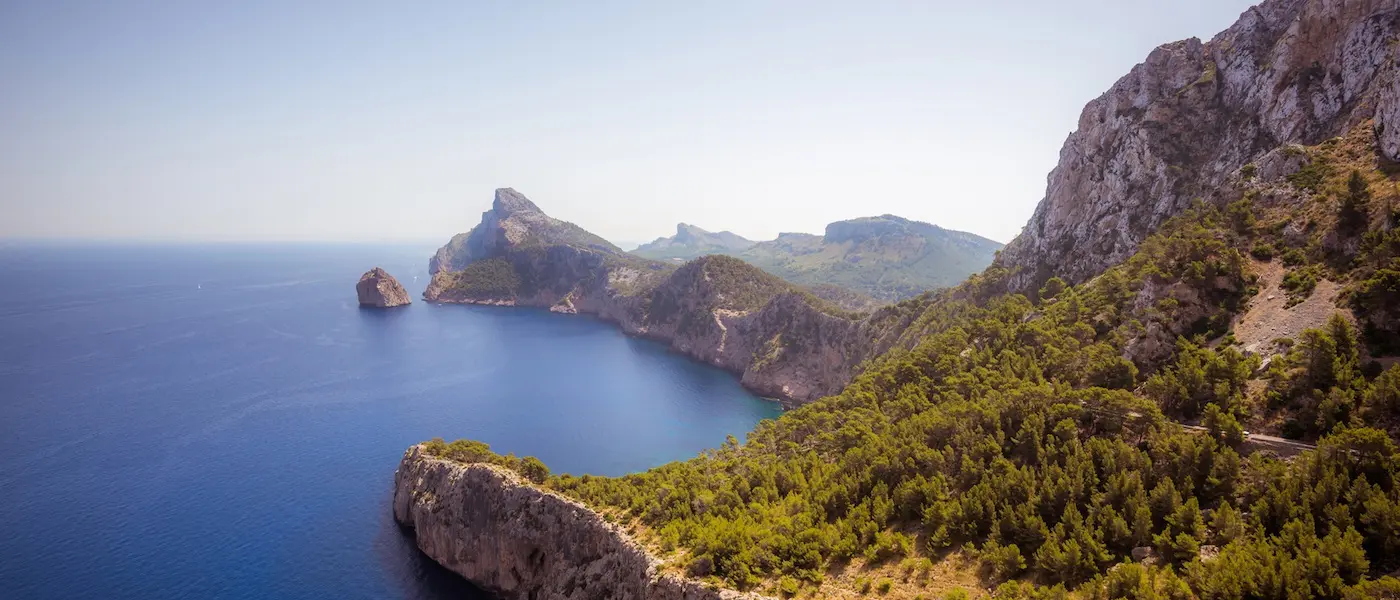
Sorrento: Did you know that…
- Sorrento is the home of limoncello, a citrus-based alcohol developed in the sun-kissed city. It’s consumed after dinner and is usually made with lemons or oranges.. Lemons and oranges aren’t endemic to the region, so before their introduction, Greeks and Romans drank wine.
- Lemons in Sorrento are considered the best in the world thanks to the mineral-rich volcanic soil compliments of Mount Vesuvius. You’ll find them throughout the town filling the air with the sweet smell of citrus and delighting locals and visitors alike.
Learn more about our Sorrento programs here.
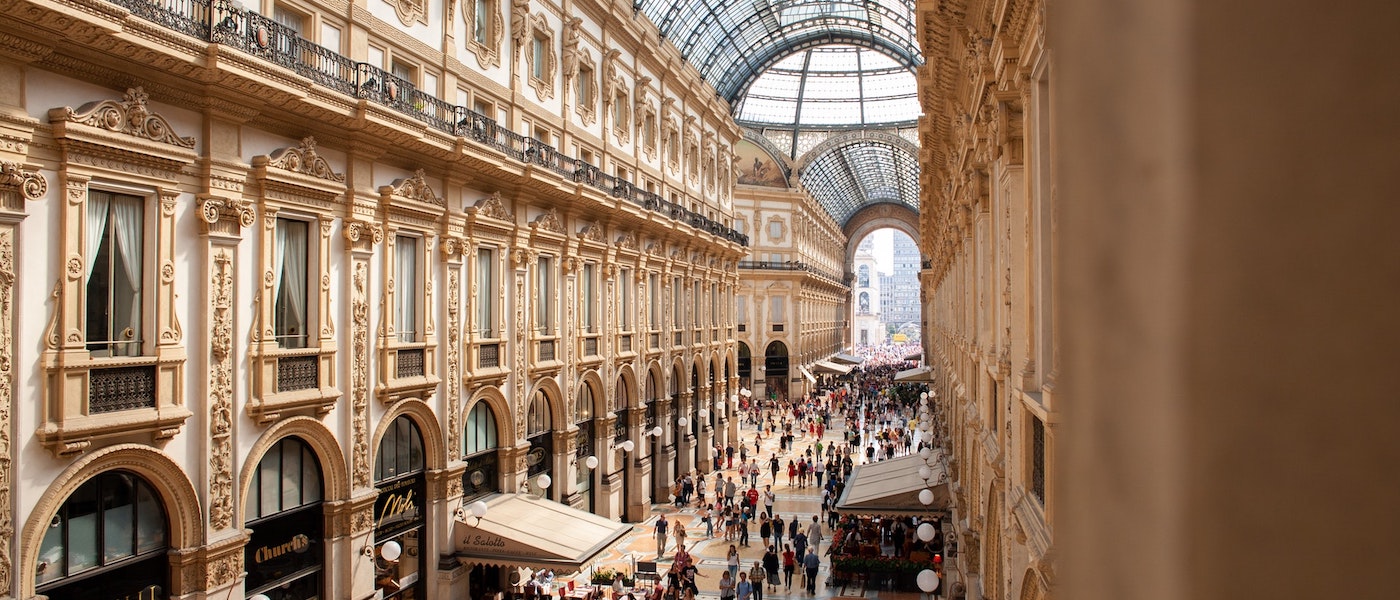

Comments
No comments yet